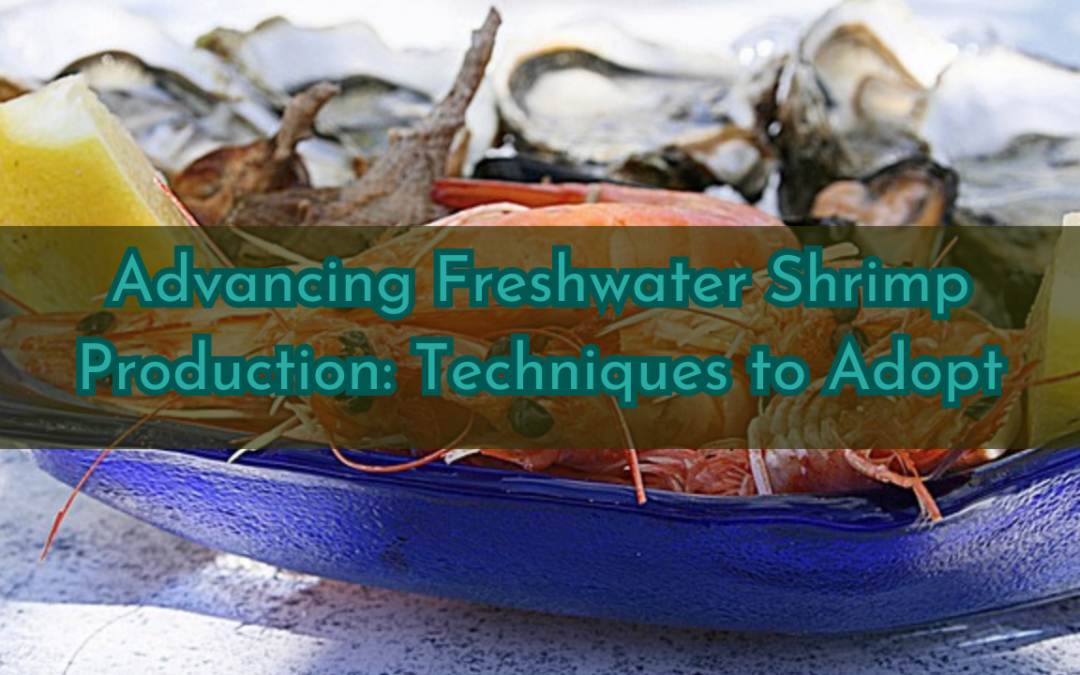Over the years, farming of crustaceans has been gaining popularity, with more emphasis on shrimp production. The aquaculture industry continues to progress worldwide; however, the growth has been slow but steady. According to an FAO report, the growth rate averaged 4% annually between 2016 and 2018, with an increase of 8% between 2020 and 2021. This is because shrimp is a well-known species, and there is valuable information on how it can be farmed.
There is a large industry dedicated to shrimp farming, which makes inputs such as infrastructure, seed feed, materials, laboratories, and more easily available to producers and management of shrimp farms more accessible compared to other fish species. The production cycle of shrimp is short, which allows farmers to benefit from well-managed farming. The demand for shrimp products is also huge and is unlikely to decrease anytime soon due to its enormous acceptance in the global market.
Impact of Shrimp Farming on the Environment
Over the years, the increased production in aquaculture has led to associated environmental impacts, both good and bad. Some of the severe impacts include the depletion of mangroves, soil erosion, land deterioration, and abandonment of farms, among other challenges.
Due to the environmental impacts associated with shrimp farming along the coastal areas, as well as the increased species diversity, much attention has been drawn to the development of freshwater fish farming. Shrimp farming also has its advantages, as it can be undertaken inland, away from the coastline. The use of recirculating aquaculture systems leads to a cheaper and more sustainable use of land, reducing operational costs. The use of freshwater infrastructure also results in a higher product lifespan due to reduced potential for deterioration.

Stocking Freshwater Shrimps
Freshwater shrimps can be stocked in earthen reservoirs, irrigation ditches, ponds, pens, cages, and natural waters. Pen and cage cultures are generally experimental, and production from irrigation ditches tends to be low. Stocking reservoirs and natural waters is referred to as fisheries enhancement. Every fish farm should be unique to site characteristics, and once you have selected the site, it should be analyzed thoroughly to determine the best layout for water intake. Factors such as effluent discharge and road accessibility should be taken into consideration.
Defining the Pond
A fish pond that is easy to manage should range in size from 0.2 hectares to 1.6 hectares. Narrow ponds can be oriented to be protected from prevailing winds, which enhances the dissolved oxygen in the water and prevents erosion caused by waves. Large ponds, typically wider than 30 meters, are often drained during harvesting. The size of the pond should also be influenced by the maximum weight of the shrimp to be farmed.
Are you interested in learning more about shrimp farming? Visit EAT Community for valuable information on how to get started with shrimp farming.
Ready to dive into freshwater shrimp farming? Discover the best techniques and get started today!
Take the plunge into the world of freshwater shrimp farming and unlock the potential of this thriving industry. With our comprehensive guide on the best production techniques, you’ll gain the knowledge and tools needed to embark on a successful journey. Whether you’re an experienced aquaculture enthusiast or a newcomer with a passion for sustainable farming, now is the perfect time to explore the lucrative opportunities of freshwater shrimp production. Don’t miss out on the chance to learn, grow, and contribute to this booming sector. Start your freshwater shrimp farming adventure today!



